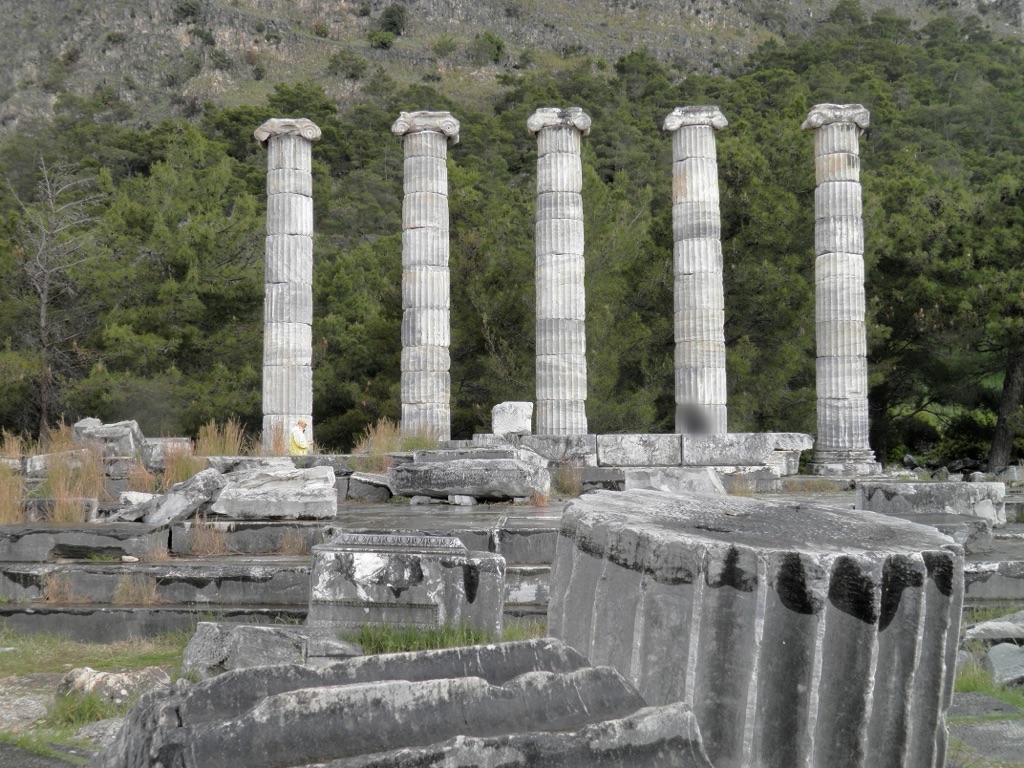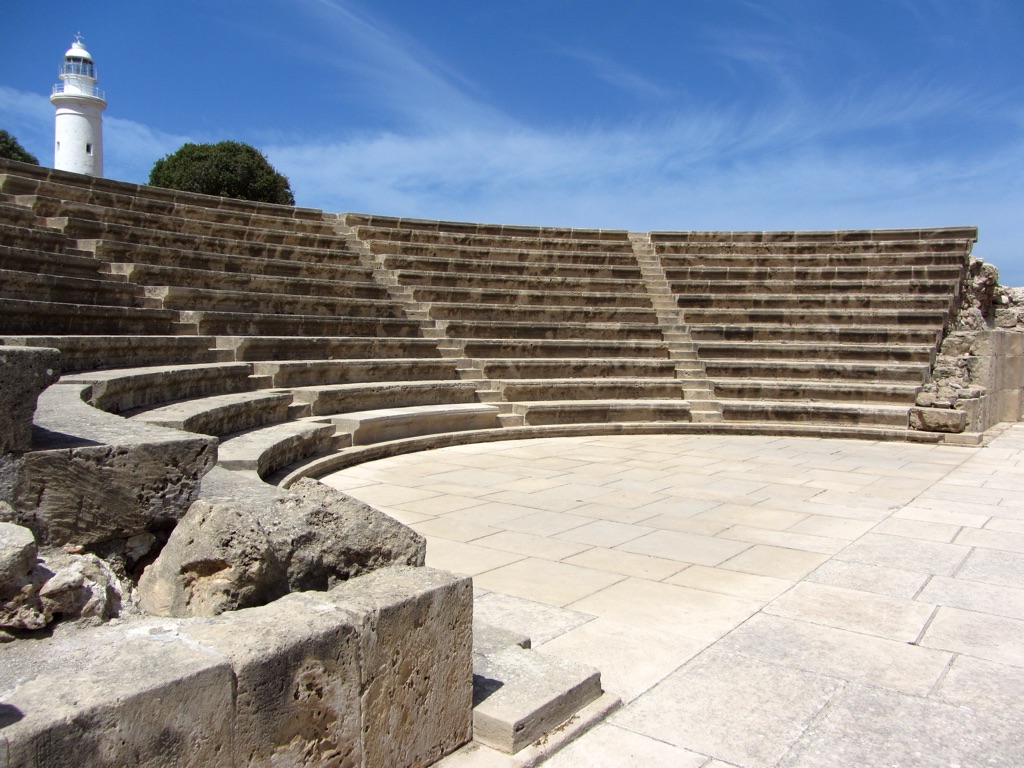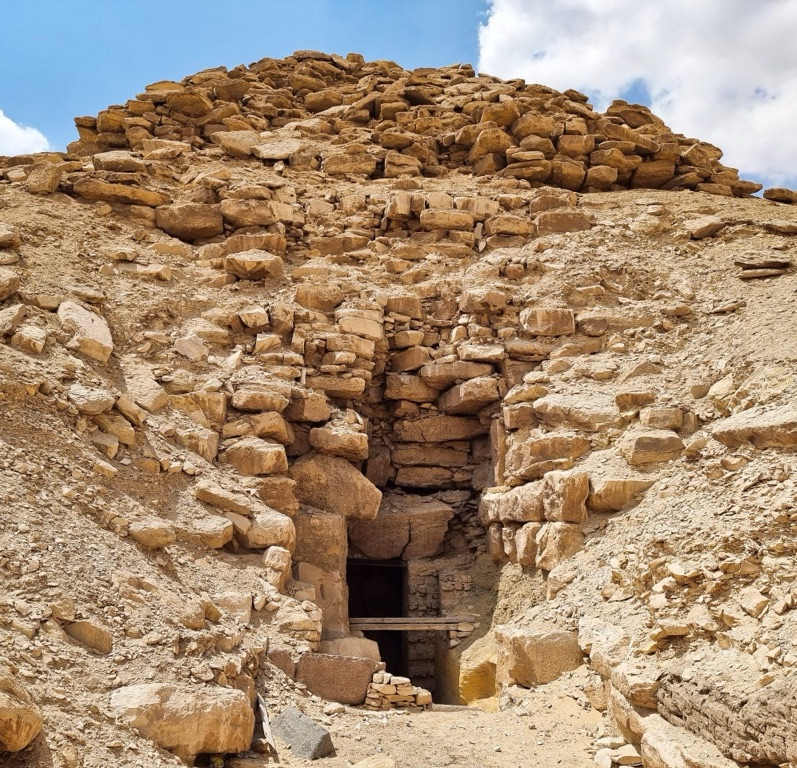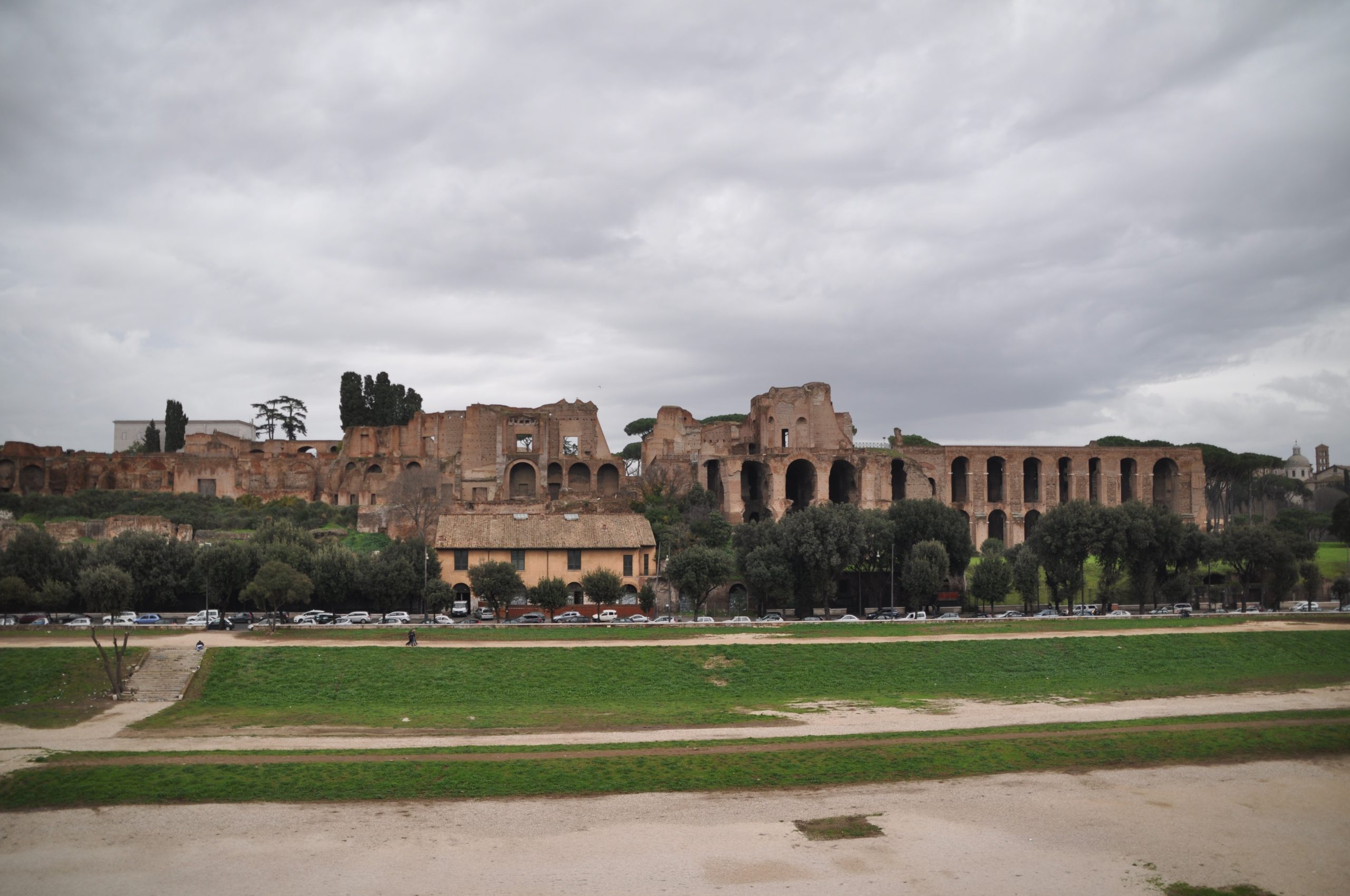The Circus Maximus, situated in the valley between the Palatine and Aventine hills, is one of the most significant monuments in Roman history. As the largest stadium in ancient Rome, it served as a venue for public games, chariot races, and a variety of other spectacles. The Circus Maximus was a symbol of Roman society’s passion for entertainment and competition, reflecting the grandeur and complexity of the Roman Empire at its height.

Temple of Athena at Priene
The Temple of Athena at Priene is a fascinating relic of ancient Greek culture, a stunning architectural marvel that once stood as a symbol of the city’s devotion to the goddess Athena. Located in the ancient city of Priene, in modern-day Turkey, the temple was built in the 4th century BC and was dedicated to Athena Polias, the protector of the city. The temple was a significant religious center and a focal point of the city’s civic life, reflecting the importance of Athena in the religious and cultural practices of the ancient Greeks.

Odeon at Paphos
The Odeon at Paphos is a significant historical and archaeological site located in Cyprus. This ancient amphitheater, dating back to the 2nd century AD, was a crucial cultural hub in the Greco-Roman world. Constructed with limestone, the Odeon has 12 rows of seats and could accommodate around 1,200 spectators. Today, it serves as a poignant reminder of the rich history and culture of ancient Paphos and continues to host performances, maintaining its age-old tradition.

Kalabsha Temple
The Kalabsha Temple, also known as the Temple of Mandulis, is an ancient Egyptian temple located near Aswan, in southern Egypt. The temple was originally built by the Roman Emperor Augustus around 30 BC and is considered one of the largest free-standing temples of Nubia. It was dedicated to the Nubian sun god, Mandulis, and is a remarkable example of the architecture and art of the Roman period in Egypt. The temple was relocated to its current location on the shores of Lake Nasser after the construction of the Aswan High Dam to prevent it from being submerged.

Pyramid of Unas
The Pyramid of Unas is an ancient Egyptian pyramid located in the pyramid field at Saqqara, near Cairo. It was built for Pharaoh Unas, the ninth and final king of the Fifth Dynasty during the Old Kingdom period. Known for its Pyramid Texts, it is the earliest tomb in Egypt to bear these inscriptions. These texts are a collection of ancient Egyptian religious spells intended to protect the pharaoh’s remains, reunite him with his divine ancestors, and ensure his immortality in the afterlife.

Pyramid of Userkaf
The Pyramid of Userkaf is an ancient structure located in Saqqara, Egypt. It was built during the 5th dynasty of the Old Kingdom of Egypt, around 2490 BC, for the Pharaoh Userkaf, the founder of the 5th dynasty. The pyramid is notable for its unique design, being the first to incorporate a number of architectural innovations. Despite its historical significance, much about the pyramid remains a mystery, with ongoing archaeological research seeking to uncover more about its construction, use, and the reign of Pharaoh Userkaf.

